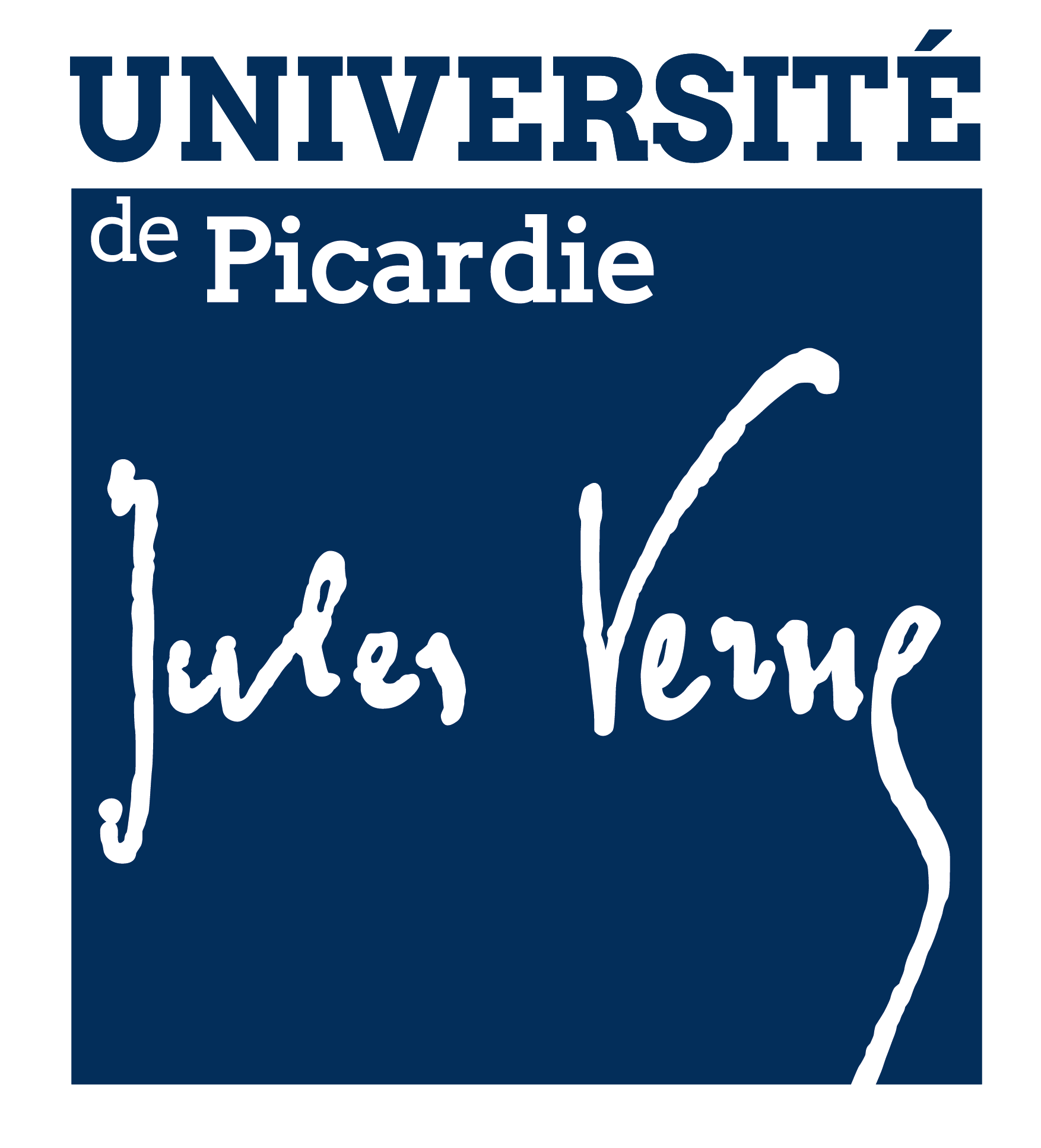Genetic identification of patients with AML older than 60 years achieving long-term survival with intensive chemotherapy
Résumé
To design a simple and reproducible classifier predicting the overall survival (OS) of patients with acute myeloid leukemia (AML) >= 60 years of age treated with 7+3, we sequenced 37 genes in 471patients fromtheALFA1200 (Acute Leukemia FrenchAssociation) study (median age, 68 years). Mutation patterns and OS differed between the 84 patients with poor-risk cytogenetics and the 387 patientswith good (n = 13), intermediate (n = 339), or unmeasured (n = 35) cytogenetic risk. TP53 (hazards ratio [HR], 2.49; P = .0003) and KRAS (HR, 3.60; P = .001) mutations independently worsened the OS of patients with poor-risk cytogenetics. In those without poor-risk cytogenetics, NPM1 (HR, 0.57; P = .0004), FLT3 internal tandem duplications with low (HR, 1.85; P = .0005) or high (HR, 3.51; P < 10(-4)) allelic ratio, DNMT3A (HR, 1.86; P < 10(-4)), NRAS (HR, 1.54; P = .019), and ASXL1 (HR, 1.89; P=.0003) mutations independently predicted OS. Combining cytogenetic risk and mutations in these 7 genes, 39.1% of patients could be assigned to a ``go-go'' tier with a 2-year OS of 66.1%, 7.6% to the ``no-go'' group (2-year OS 2.8%), and 3.3% of to the ``slow-go'' group (2-year OS of 39.1%; P < 10(-5)). Across 3 independent validation cohorts, 31.2% to 37.7% and 11.2% to 13.5% of patients were assigned to the go-go and the no-go tiers, respectively, with significant differences inOS between tiers in all 3 trial cohorts (HDF [Hauts-de-France], n = 141, P = .003; andSAL [StudyAlliance Leukemia], n=46; AMLSG [AML Study Group], n = 223, both P < 10(-5)). The ALFA decision tool is a simple, robust, and discriminant prognostic model for AML patients >= 60 years of age treated with intensive chemotherapy. This model can instruct the design of trials comparing the 7+3 standard of care with less intensive regimens.
Domaines
Sciences du Vivant [q-bio]
Origine : Fichiers produits par l'(les) auteur(s)



